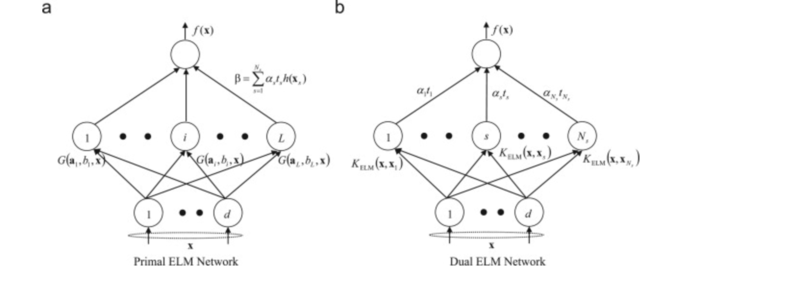stat841F18/
Presented by
Yan Yu Chen, Qisi Deng, Hengxin Li, Bochao Zhang
Introduction
In the past two decades, due to their surprising classi- fication capability, support vector machine (SVM) [1] and its variants [2]–[4] have been extensively used in classification applications. Least square support vector machine (LS-SVM) and proximal sup- port vector machine (PSVM) have been widely used in binary classification applications. The conventional LS-SVM and PSVM cannot be used in regression and multiclass classification appli- cations directly, although variants of LS-SVM and PSVM have been proposed to handle such cases.
Motivation
There are several issues on BP learning algorithms:
(1) When the learning rate Z is too small, the learning algorithm converges very slowly. However, when Z is too large, the algorithm becomes unstable and diverges.
(2) Another peculiarity of the error surface that impacts the performance of the BP learning algorithm is the presence of local minima [6]. It is undesirable that the learning algorithm stops at a local minima if it is located far above a global minima.
(3) Neural network may be over-trained by using BP algorithms and obtain worse generalization performance. Thus, validation and suitable stopping methods are required in the cost function minimization procedure.
(4) Gradient-based learning is very time-consuming in most applications.
Previous Work
Model Architecture
ILSVRC 2014 Challenge Results
Conclusion
Critiques
References
- [1]G.-B. Huang, Q.-Y. Zhu, and C.-K. Siew, “Extreme learning machine: A new learning scheme of feedforward neural networks,” in Proc. IJCNN,Budapest, Hungary, Jul. 25–29, 2004, vol. 2, pp. 985–990.
- [1]G.-B. Huang, X.Ding, and H.Zhou, Optimization method based extreme learning machine for classification," Neurocomputing, vol. 74, no. 1-3, pp. 155-163, Dec. 2010.
